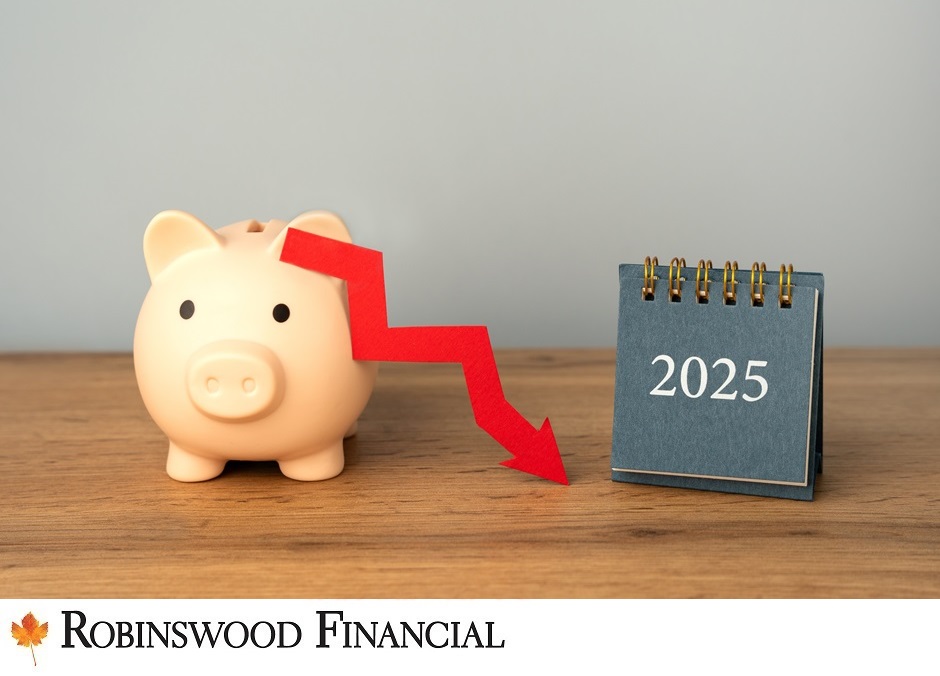Recessions are a natural part of the economic cycle—but when you’re in one, it can feel like it might never end. Historically, however, recessions in the United States have tended to be relatively short-lived. Let’s break down how long they’ve lasted in the past, what influences their duration, and what we can learn from patterns over time.
🔍 What Is a Recession?
A recession is typically defined as a significant decline in economic activity that lasts more than a few months. It’s often measured by a drop in GDP, rising unemployment, falling income, and decreased consumer spending. In the U.S., the National Bureau of Economic Research (NBER) is responsible for officially dating recessions.
⏳ Historical Average Length of U.S. Recessions
▶️ Chart Idea: Bar Chart – Average Duration of Recessions by Era
|
Time Period |
Average Duration |
|
1854–1945 |
~17 months |
|
1945–2023 |
~10.5 months |
|
All U.S. Recessions |
~15–17 months |
- Pre-WWII Recessions tended to last longer due to fewer economic policy tools and slower government response.
- Post-WWII Recessions have generally been shorter, thanks in part to more aggressive intervention by the Federal Reserve and government stimulus programs.
🗂️ Notable U.S. Recessions and Their Durations
▶️ Chart Idea: Timeline – Major U.S. Recessions and Length
|
Recession |
Start – End |
Duration |
|
Great Depression |
1929 – 1933 |
43 months |
|
Post-WWII (mild) |
1945 |
8 months |
|
1973 Oil Crisis |
1973 – 1975 |
16 months |
|
Early 1980s Double-Dip |
1980 & 1981–82 |
6 & 16 months |
|
Dot-Com Bust |
2001 |
8 months |
|
Great Recession |
2007 – 2009 |
18 months |
|
COVID-19 Recession |
Feb – Apr 2020 |
2 months |
👉 The COVID-19 recession is the shortest on record but saw the sharpest contraction in GDP in U.S. history.
🧠 Why Do Some Recessions Last Longer?
Several factors influence how long a recession lasts:
- Monetary policy: How quickly the Federal Reserve cuts interest rates.
- Fiscal policy: Government stimulus measures and support for businesses/consumers.
- Global economic conditions: Trade, war, or financial crises can amplify or prolong downturns.
- Consumer and business confidence: The faster confidence returns, the quicker the recovery.
✅ Signs That a Recession May Be Ending
Economists look at several indicators to judge when a recession is ending:
- Rising GDP for two or more consecutive quarters
- Falling unemployment
- Rebound in industrial production and retail sales
- Stabilizing or rising stock markets
📈 The Bigger Picture
While recessions are often painful, they’re also temporary. On average, expansions (growth periods) last much longer than recessions. For instance, the expansion following the Great Recession lasted 128 months (2009–2020)—the longest in U.S. history.
▶️ Chart Idea: Comparison of Expansion vs. Recession Lengths
|
Economic Period |
Average Length |
|
Recession |
~11 months |
|
Expansion |
~5–10 years |
📝 Final Thoughts
Recessions are part of the economic cycle, but history shows that they don’t last forever—and most are relatively short. Understanding their typical duration and causes can help businesses and individuals prepare and respond with more confidence.

